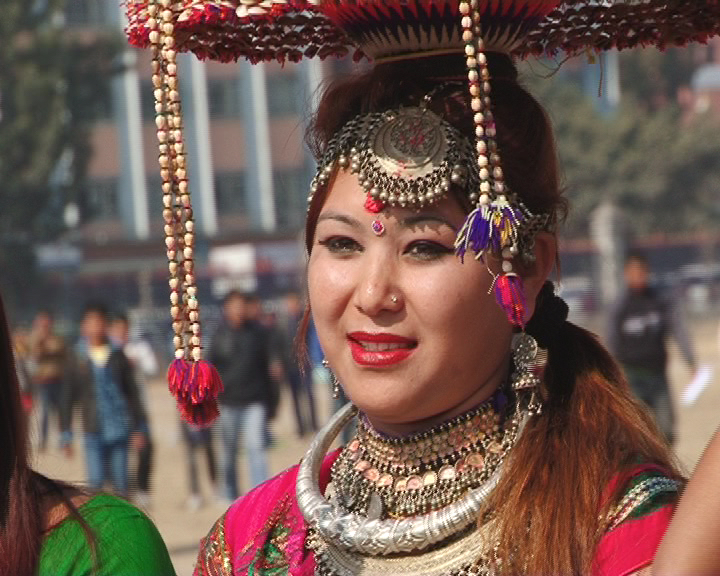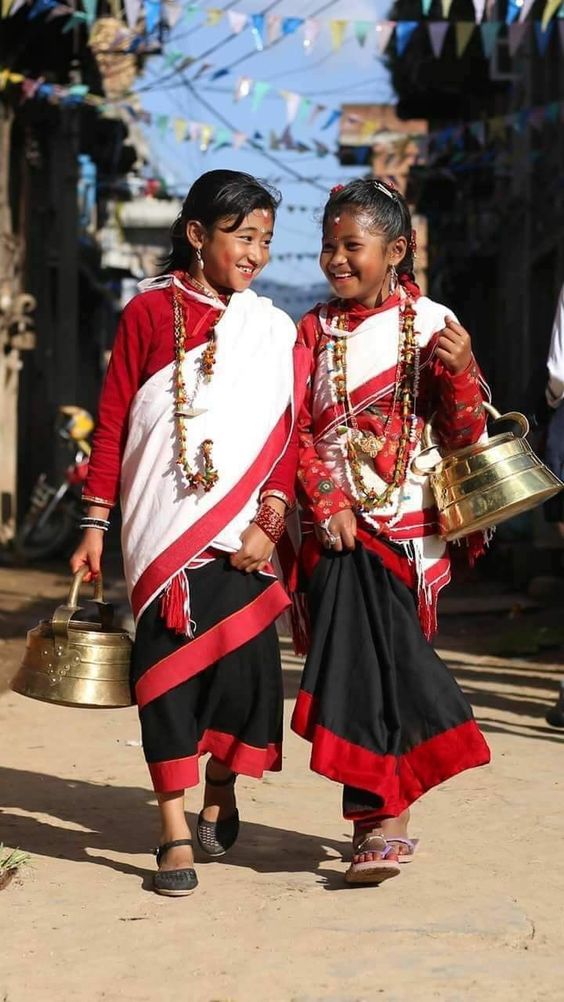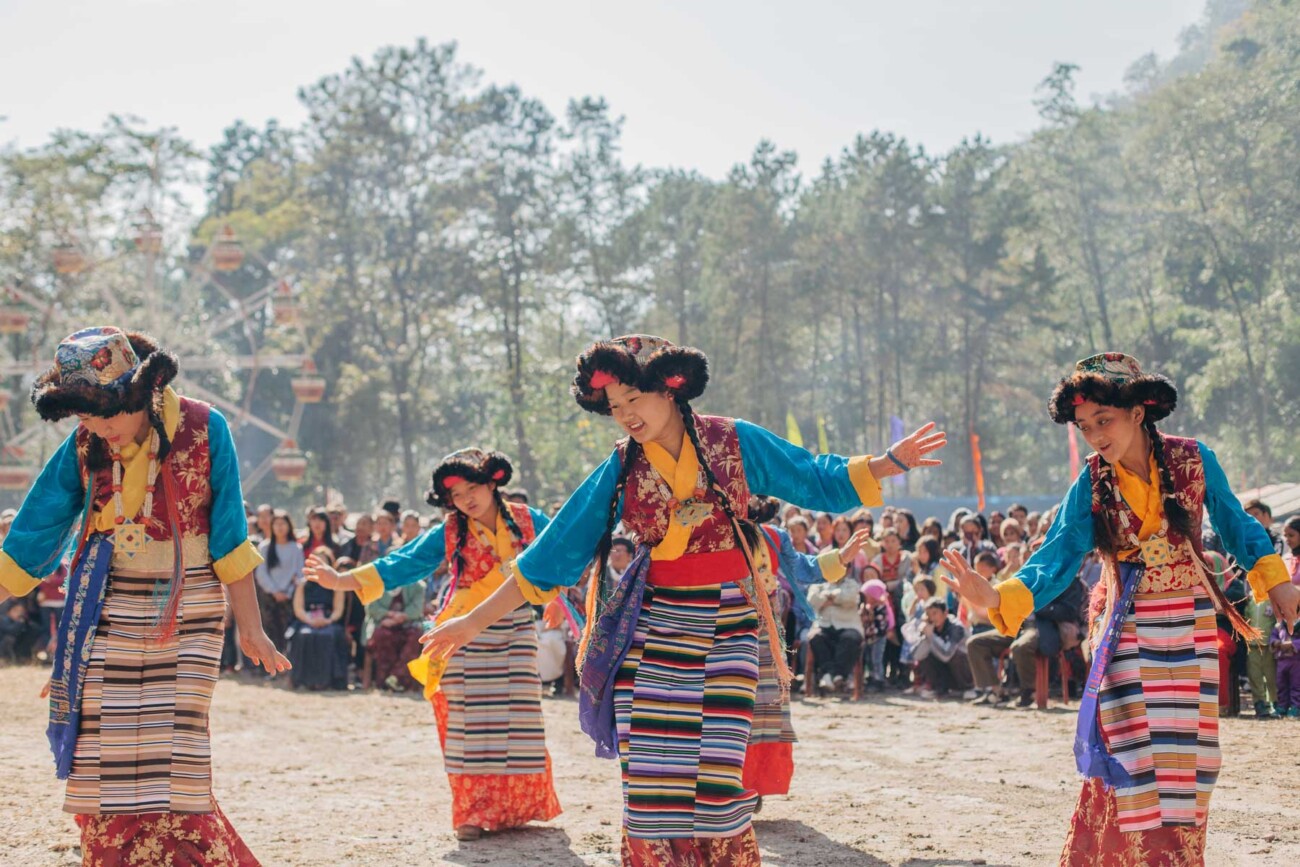Indigenous Culturally Immersive Tour 11-12 Days










We are the leader in the preservation of indigenous culture and heritage, and this tour program covers three different indigenous communities in three different parts of Nepal. We start in the mountain where we interact with the Tamang one of the indigenous community in the foothills of the Himalaya, then to Terai (low lands) to witness the Tharu Community who have lived in the low lands near the sub-tropical forests and dared malaria for centuries. On the last leg, we travel back to Kathmandu to visit the outskirt towns of Kirtiput and Khokana to witness the traditional way of life of the ethnic indigenous Newar people of Kathmandu valley.
This initiative was designed to safeguard the indigenous people who tirelessly preserve their ancient culture, rituals, and practices. This trip involves a 6 hours drive from Kathmandu to the Tamang village of Gatlang (with great views of the Himalayan peaks of Langtang Lirung and Ganesh Himal). A visit to Parbati Kund offers rich biodiversity and an ancient old monastery.
The immersive experience delving deep into the shamanistic world meeting with the local Shamans for interaction and demonstration of the Shamans rituals performance. According to the Shamans the physical and mental problems/disorders are the result of disharmony or break in the natural order and in the moral order of the world, as well as from an imbalance in and weakening of the personal energy field of the human individual. The shamans perform rituals to balance and bring the order into harmonious interaction.
On the second leg we drive down to the low lands to visit the Tharu indigenous community. The Tharu people are an ethnic group indigenous in the southern foothills of the Himalayas. The forest is now a declared National Park and in the morning we take a ride on the dugout canoe to explore and visit the Tharu village and to explore the culture in the afternoon. The Tharu community resides along the entire length of the Terai plains of Nepal but Chitwan is especially popular for their traditional culture. They are mostly farmers, hunters and gatherers. Their mud houses are skilfully decorated usually by the women folks and perform their ritual dances attired in a colourful traditional costumes and jewelries. The Tharu culture excursions offers insight into the daily life of the Tharu people.

The Tharus in their isolation developed a unique culture free from the influence of adjacent India, or from the mountain groups of Nepal. The most striking aspects of their environment are the decorated rice containers, colorfully painted verandahs and outer walls of their homes using only available materials like clay, mud, dung and grass. Much of the rich design is rooted in devotional activities and passed on from one generation to the next, occasionally introducing contemporary elements such as a bus or an airplane.
On the last leg visit to Kirtipur for authentic experience of the Newari indigenous culture. The ancient Newar township - with its brick-paved streets lined with typical red brick houses and tiled roofs, and temple squares - is a natural fortress. The Chilamchu Stupa and the temple of Bagh Bhairav are major attractions here - the indigenous culture of the Kathmandu Valley. Walk along its narrow lanes to observe the life of the people who have lived for many generations per age-old traditions and beliefs even try unique Newari food.

Khokana - Typical Indigenous small Newari Village , is more authentic “Living Museum”. Khokana, has its own incredible history and has the most authentic Newari culture that has been preserved here in every household since the medieval era. Most of the households in Khokana depend on farming and traditional occupations like woodcarvings. It is wonderful to watch the natives spending their times in the yards of their houses gossiping or going about the daily chores, which has been the integral part of Newa Community for ages. Bungmati, the village has been the hub of farming, live stocking and fishing throughout the reigns of different dynasties over Kathmandu Valley until the date.

The sights like women spinning traditional wool-wheel (charkha) to weave the wool and men carrying kharpans (the circular boxes joined by a bamboo and stringed down to air to put their farm products inside it) are the most spectacular views in Khokana. Moreover, every sight the travelers get to see in Khokana is all traditionally authentic, which date back to medieval age Nepal.











